Opinion needed on a tool to remove clay flue liner
baymee
17 years ago
Featured Answer
Sort by:Oldest
Comments (20)
bus_driver
17 years agobaymee
17 years agoRelated Professionals
Compton Solar Energy Systems · Green Valley Solar Energy Systems · North Tustin Solar Energy Systems · Yucca Valley Solar Energy Systems · Easton Solar Energy Systems · Irvington Solar Energy Systems · Cutler Bay Home Automation & Home Media · Lewisville Home Automation & Home Media · Medford Home Automation & Home Media · Thornton Home Automation & Home Media · Dedham Electricians · Quincy Fireplaces · Romeoville Fireplaces · South Jordan Fireplaces · Crestwood Fireplacesbaymee
17 years agoblacknumber1
17 years agobaymee
17 years agoblacknumber1
17 years agoairsome
17 years agodon21
17 years agobaymee
17 years agobaymee
17 years agoblacknumber1
17 years agobaymee
17 years agoblacknumber1
17 years agobaymee
17 years agofairyprincess
17 years agobaymee
17 years agomr_havac
17 years agobaymee
17 years agomr_havac
17 years ago
Related Stories
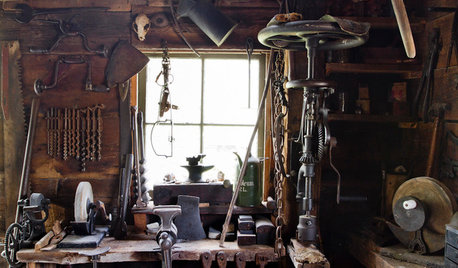
MATERIALSAre You a Maker? Show Us Your Favorite Tool or Material
Houzz Call: A tool or material can be a maker’s best friend. We’d like to see your favorite — and what it helps you achieve
Full Story
FUN HOUZZ14 Things You Need to Start Doing Now for Your Spouse’s Sake
You have no idea how annoying your habits at home can be. We’re here to tell you
Full Story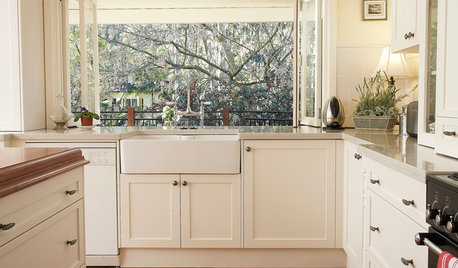
KITCHEN SINKSEverything You Need to Know About Farmhouse Sinks
They’re charming, homey, durable, elegant, functional and nostalgic. Those are just a few of the reasons they’re so popular
Full Story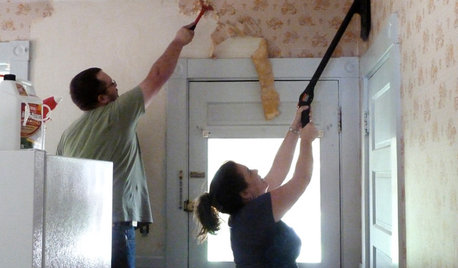
DECORATING GUIDESHow to Remove Wallpaper in 4 Steps
Learn the best way to remove wallpaper with only water (and elbow grease) so your next wall treatment will look great
Full Story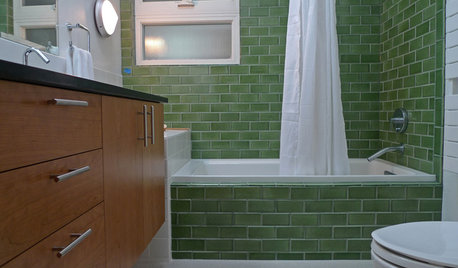
BATHROOM DESIGNBathroom Surfaces: Ceramic Tile Pros and Cons
Learn the facts on this popular material for bathroom walls and floors, including costs and maintenance needs, before you commit
Full Story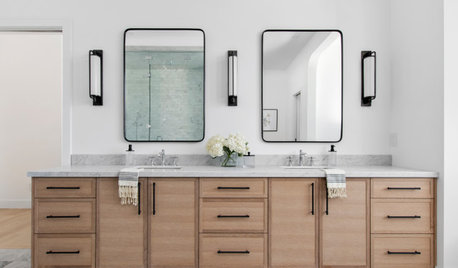
HOUSEKEEPINGHow to Clean Marble Countertops and Tile
Acidic solutions can damage your marble surfaces. Here’s how to keep marble looking clean and amazing
Full Story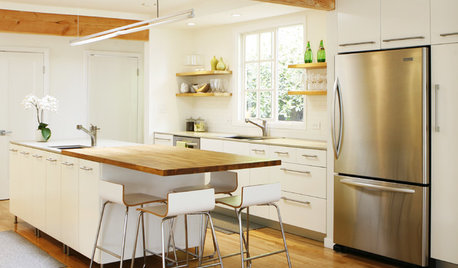
LIFESurprising Ways to Pare Down at Home
All those household items you take for granted? You might not need them after all. These lists can help you decide
Full Story
ORGANIZINGChecklists for a Well-Stocked Home
Thank-you notes, first-aid kit, clear glass vases ... It’s easy to go with the flow when you’ve got the items you need at hand
Full Story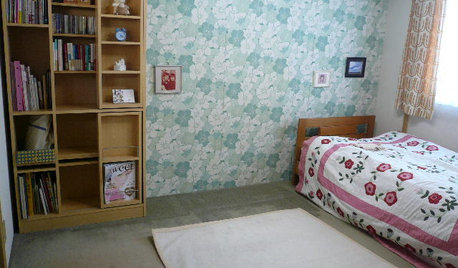
BOOKSCan Tidying Up Result in Life-Changing Magic?
Organizing phenom Marie Kondo promises big results — if you embrace enormous changes and tough choices
Full Story
ORGANIZING21 Tips for Organizing Your Stuff
Restore order at home with these ideas for tidying up cupboards, shelves, doors and more
Full Story





kframe19